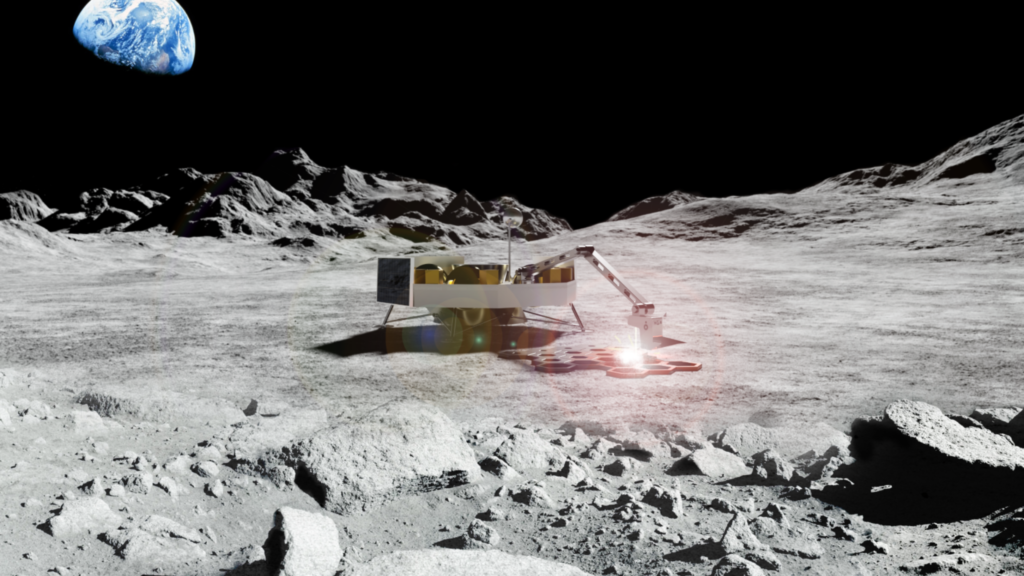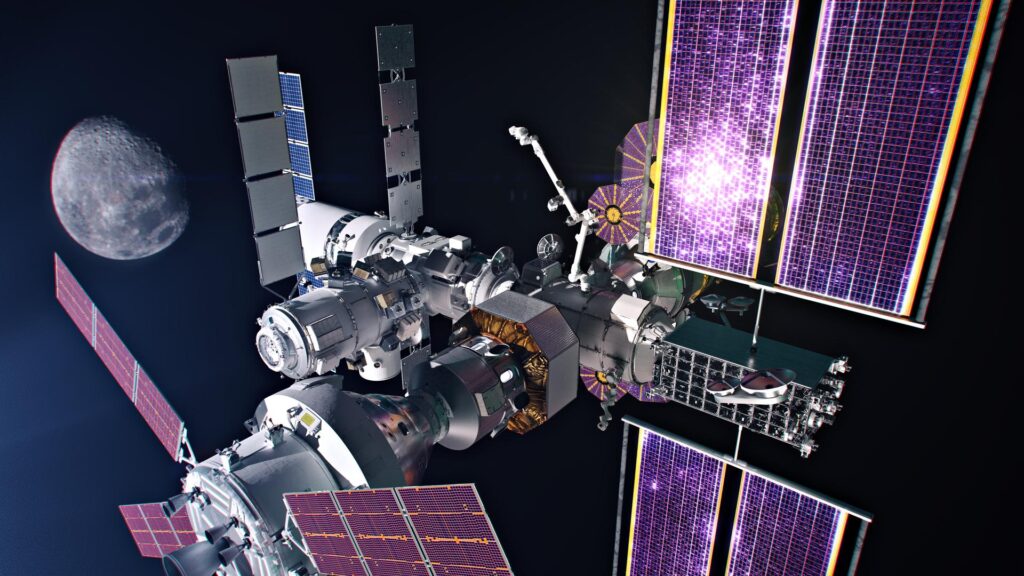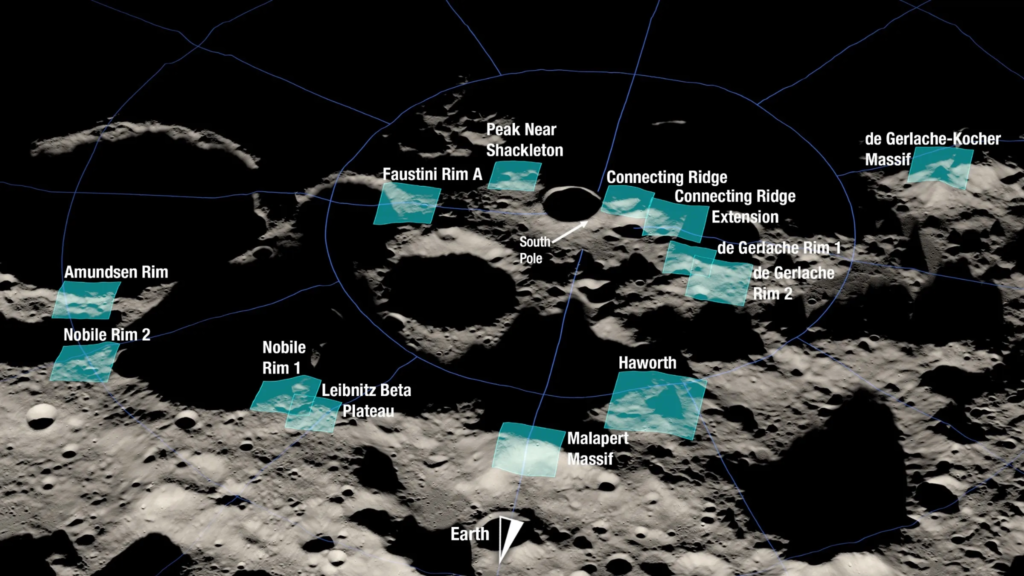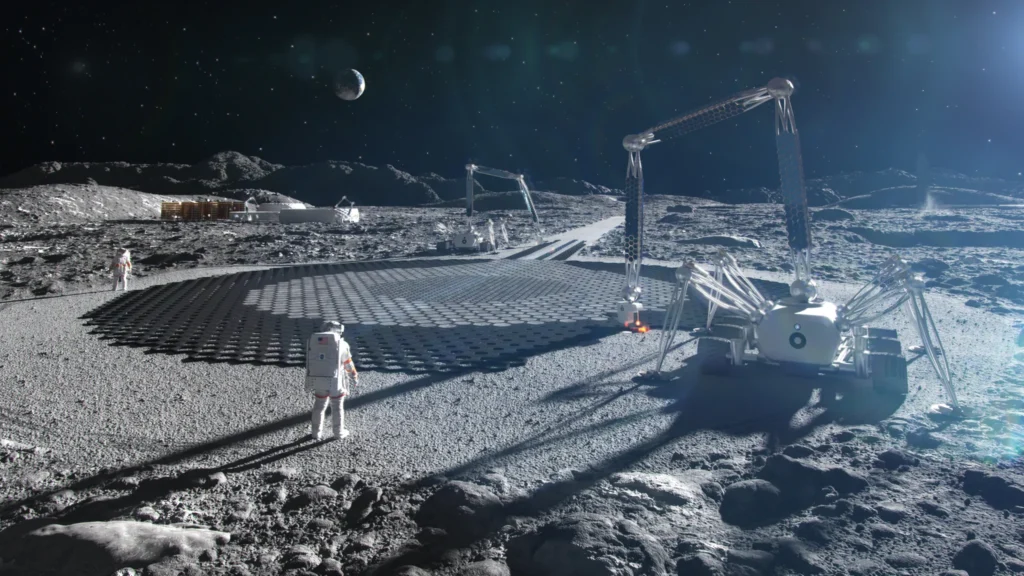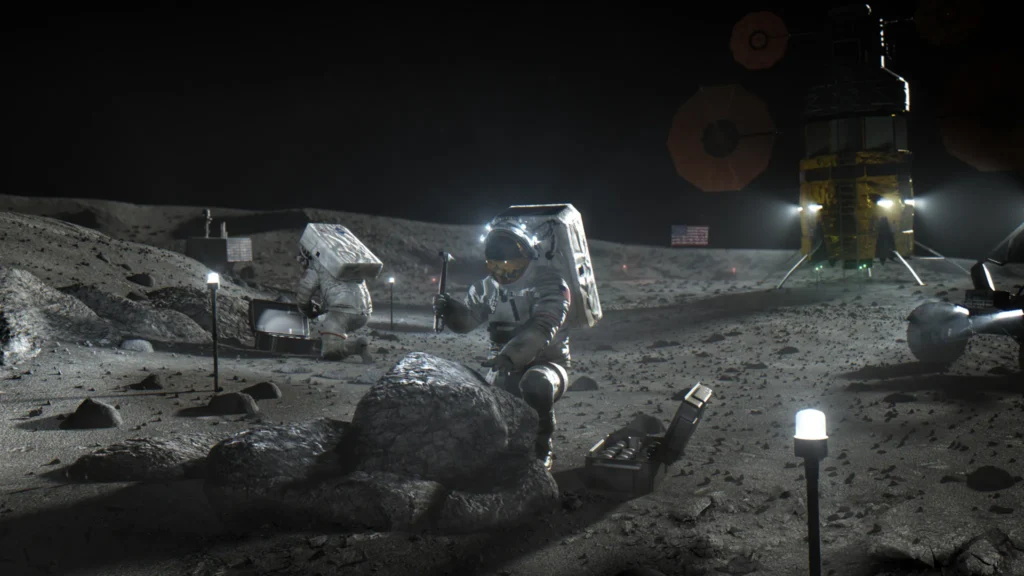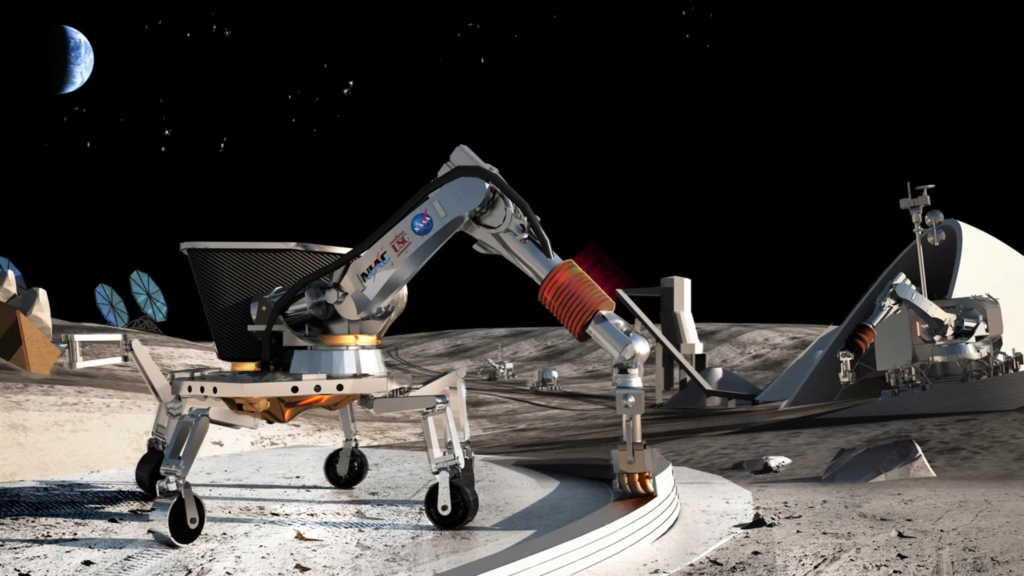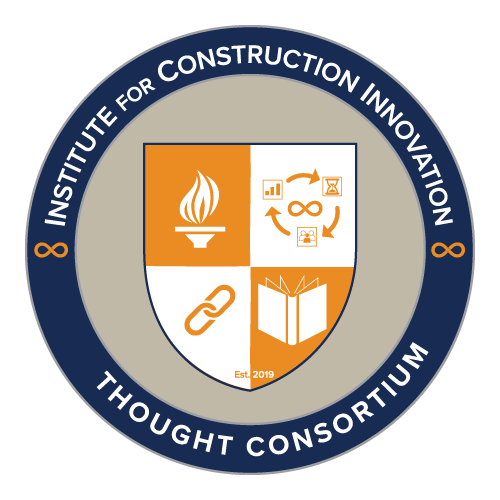Determining Estimating Structure and Processes for Lunar Construction
Our teams are comprised of industry thinkers in aerospace, technology, academia, and private and public sectors working together to solve a tremendously complex problem: Revolutionizing the construction industry, particularly in the realm of extreme and unprecedented environments such as the lunar surface.
Traditionally, construction projects on Earth face significant challenges, with studies indicating that 75% of projects are 30% over budget and behind schedule, and nearly 98% of megaprojects (those exceeding $1 billion) fail to meet their financial and timeline goals. These inefficiencies are unacceptable when considering the complexity and stakes of lunar construction, where the cost to keep an astronaut on the Moon runs approximately $8 million a day.
Our work focuses on developing innovative theories, processes and technologies that will minimize variance in time and cost estimates for these complex projects. The solutions we’re creating aren’t just incremental improvements — they represent a fundamental shift in how construction is approached under extreme conditions. By integrating state-of-the-art technologies with advanced artificial intelligence, we’re pushing the limits of current construction methodologies and setting new standards for accuracy and reliability.
This ambitious endeavor is not being tackled by a single entity. It is a collaborative effort including academic partners like the University of California, Davis, California State University, Fresno, and the University of Louisville, alongside leading industry thinkers from the private and public sectors. Additionally, we are collaborating with government and research institutions such as the Lunar Surface Innovation Consortium at the Johns Hopkins Applied Physics Lab, the Institute for Construction Innovation Thought Consortium, and NASA.
In the future, the methodologies and technologies we develop for lunar construction will have far-reaching implications for Earth-based projects as well. As we address the extreme challenges of lunar construction, we’re simultaneously paving the way for more reliable, efficient and cost-effective construction practices here on Earth. Our work, supported by a consortium of experts, has the potential to reshape the industry, making megaprojects more predictable and successful, and setting new benchmarks for construction in the most challenging environments.
We’re moving rapidly in the study and would love to give individuals who are interested a chance to give input and share their expertise. If you are interested in taking part in the study, please fill out the interest form below and let us know how you would like to be involved.
« Interest Form »
-
« Moon Construction Estimating Study Data Room »
Abstract
This presentation explores the challenges of accurately predicting costs and timelines for projects in extreme environments, mainly emphasizing building a permanent human habitat on the Moon. This team proposes a holistic framework that combines objective and subjective predictive analysis with production model sequences, aiming to provide a more reliable approach to mitigate the uncertainties inherent in extreme conditions. We will further strengthen this framework by drawing insights from case studies of Earth-based projects in similarly challenging environments like Antarctica.
Objective and Subjective Predictive Analyses (OSPA) form the core of our approach. Objective analysis involves leveraging historical data, industry benchmarks, digital models, and quantitative modeling techniques such as Monte Carlo simulations to establish a robust foundation. On the other hand, subjective analysis incorporates expert opinions, risk assessments, and scenario planning to address the human element and unforeseen circumstances, ensuring flexibility and adaptability throughout the project lifecycle.
In this presentation, we will address:
- Comparing extreme conditions projects, here on Earth and in contrast to Moon Construction.
- What considerations are critical for cost reliability?
- What technologies are being used to help predict causality and its effect on the estimate contrasting to actual reality when constructing on the Moon.
- We will discuss the major role that robotics and automation play in integrated cost prediction and control construction projects.
- We will explore new techniques being developed for interactive simulated cost and production modeling.
- Examine how means and methods of construction have an exponential impact and must be considered appropriately during the estimate.
- Explore major risks exposed by Moon dust.
Implementing lunar construction projects is a monumental task, requiring innovative project management approaches. Our proposed framework, informed by insights from Earth-based case studies and blending objective and subjective analyses, provides an avenue for achieving reliable cost and time estimations for lunar endeavors and other large-scale and extreme projects.
